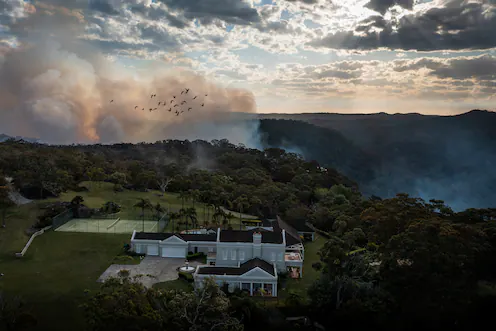Latest article
মালদ্বীপ প্রবাসী ব্যবসায়ী মোহাম্মদ ফারুক এর জন্মদিন উদযাপন।
মালদ্বীপ প্রতিনিধি:-প্রবাসের মাটিতে অত্যন্ত জাঁকজমক ও আনন্দঘন পরিবেশে রাজনীতিবিদ, ব্যবসায়ী ও ফেনী জেলা উন্নয়ন পরিষদের সহ-সভাপতি এবং কি মালদ্বীপ প্রবাসীদের অতি পরিচিত মুখ মোহাম্মদ...
মালদ্বীপে ব্রাঞ্ছারামপুরবাসীর আগামী নির্বাচনে করণীয় শীর্ষক সভা
বঙ্গবন্ধু শেখ মুজিবুর রহমানের সুযোগ্য কন্যা প্রধানমন্ত্রী শেখ হাসিনার উন্নয়ন অব্যাহত রাখতে দ্বাদশ জাতীয় সংসদ নির্বাচনে মালদ্বীপে বাঞ্ছারামপুর প্রবাসীদের করণীয় শীর্ষক আলোচনা সভা ও...
রাজধানী মালে বাংলা খাবারের জন্য সম্রাট হোটেল উদ্বোধন
রাজধানী মালে বাংলা খাবারের জন্য সম্রাট হোটেল উদ্বোধন । সুস্বাদু খাবারের নির্ভরযোগ্য প্রতিষ্ঠান রাজধানী মালের রিন্দু মাগুতে বিভিন্ন প্রকার রেপিসিতে বাহারি রকম দেশীয় খাবারের...



















